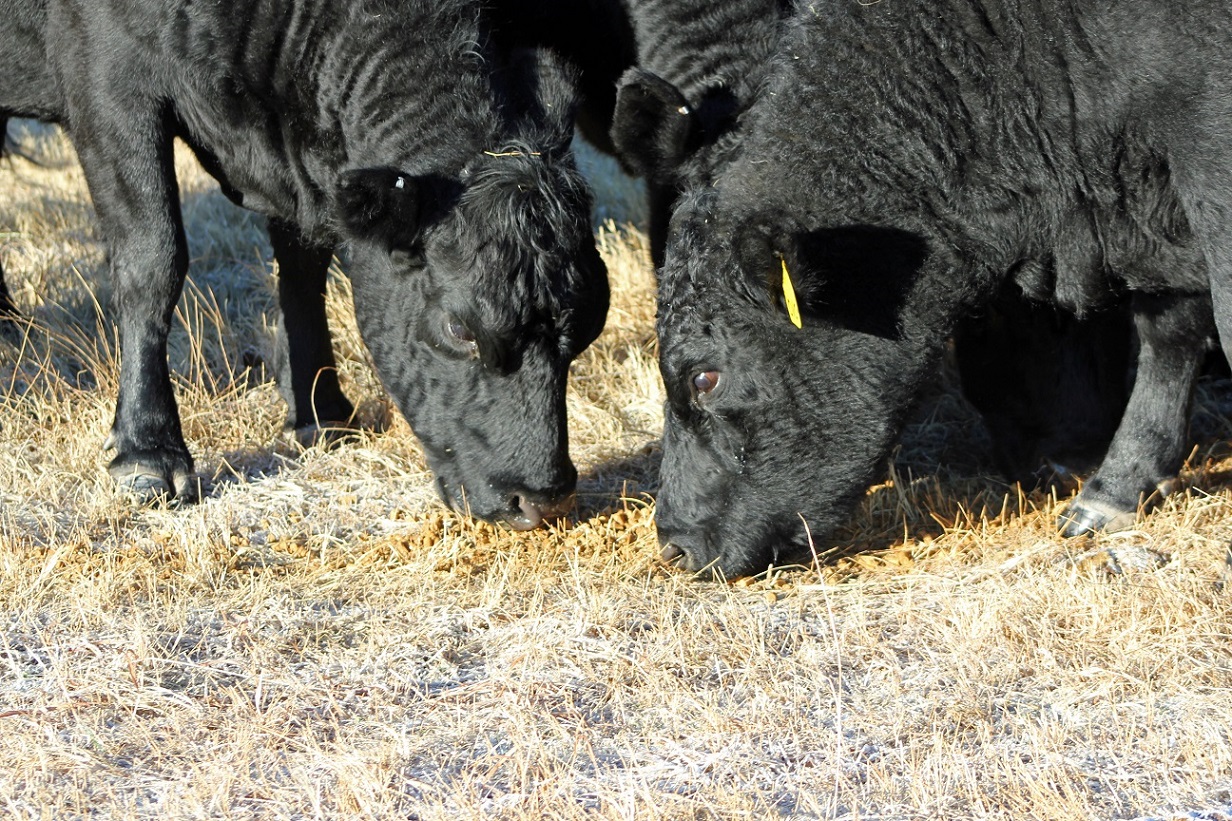What to Do During a Distillers Grains Shortage

Listen to a discussion of the content in this article on this episode of the BeefWatch podcast. You can subscribe to new episodes in iTunes or paste http://feeds.feedburner.com/unlbeefwatch into your podcast app.
The Domino Effect
The current economic situation has resulted in lower crude oil prices, followed by increased difficulty for ethanol plants to produce competitive fuel sources. In turn, many ethanol plants are planning to shut down until the economy stabilizes. The domino effect is that cattle producers may find themselves without distillers grains, hopefully for only a short period of time. A previously written article, So What if I Can’t Get Distillers Grains, on how to handle tight distillers grains supply may be helpful at this time as well. Unfortunately, if ethanol plants are not producing ethanol at all, the supply of distillers grains becomes unavailable.
Feeding Calves for a Slower Rate of Gain
Backgrounding producers, also impacted by the downturn in the cattle market, may choose to continue to feed calves at a slower rate of gain to wait for a market upturn as well as to reduce the need for distillers grains. An example diet (as is basis) might include 11.25 pounds of corn silage, 4 pounds of alfalfa, 2.5 pounds of corn, and 5.5 pounds of hay millet for a 600 pound calf to gain 1.5 pounds/day.
Providing a Nitrogen Source for the Rumen Microbes
For many years now, cattle producers in Nebraska have fed distillers grains to pregnant beef cows because it has been an economical source of protein. However, a source of nitrogen for the rumen microbes to enable them to digest poor quality forages is sufficient. This can be supplied by alfalfa or by urea based supplements, field peas, or other rumen degradable sources of protein.
Lactating cows need a source of energy as well as protein. Providing 7 pounds (as is) of alfalfa along with 28 pounds of good quality meadow hay would be an option for 1300 pound cows until grass is ready to be grazed. However, hay samples should be tested for quality because the total digestible nutrients (TDN) of the base hay is critical for this to work.
Alternative Sources of Protein
Determining what to use as an alternative source of protein is dependent on availability, commodity price, and transportation costs. Sources that may be available in eastern Nebraska may be cost prohibitive to transport to western Nebraska. Therefore, transportation costs, storage capacity, and handling ability are all important factors to evaluate.
Calculating Supplement Cost per Unit of Protein
If a commodity is $250/ton with transportation costs included, the dry matter content is 85%, and the protein content is 25%, then 250/.85 = $294.12/ton of dry matter of the commodity. $294.12/.25 = $1176.47/dry ton of crude protein. If an alternative commodity is $400/ton, the dry matter is 88%, and the crude protein is 40%, then $400/.88 = $454.55/ton of dry matter and $454.55/.40 = $1136.36/dry ton of crude protein. This calculation allows producers to compare the prices of the actual protein being delivered on an equal basis. These two hypothetical commodities were similar in crude protein price so other factors should be considered. How much of the protein is rumen undegradable? Is that important or is a nitrogen source for the rumen sufficient? Is handling and storage an issue for one of the commodities?
Predicting Performance and Meeting Requirements
Although we are all practicing social distancing right now, Nebraska Extension personnel will be happy to answer phone calls and emails to assist producers with modified feeding plans. Contact local extension personnel for assistance.
Interviews with the authors of BeefWatch newsletter articles become available throughout the month of publication and are accessible at https://go.unl.edu/podcast.
